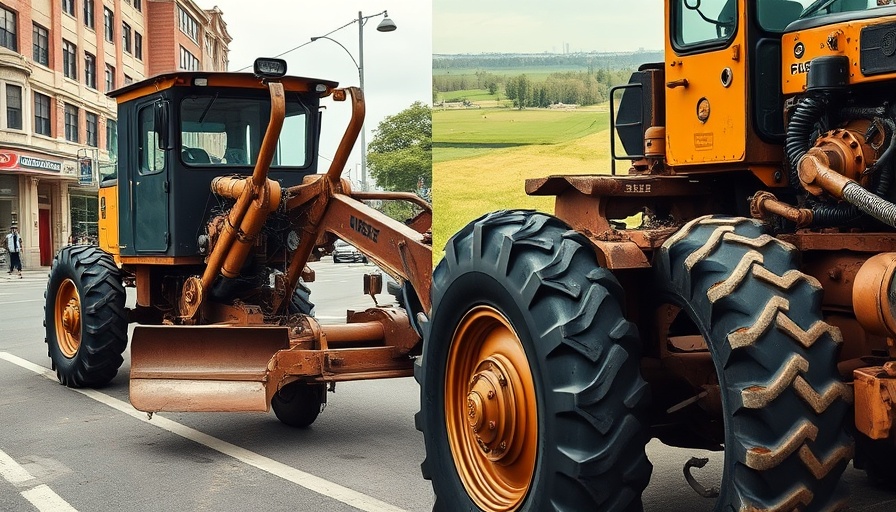
Unveiling the Evolution of Motor Graders
With a rich history spanning over a century, motor graders have become indispensable tools in the construction and maintenance of roads. Back in 1920, the Russell Grader Co. took a monumental step by introducing the first self-propelled motor grader. Over the years, companies such as Caterpillar have pushed the boundaries of technology, evolving the motor grader from a simple machine with a wide blade to a high-tech marvel equipped with automated controls and advanced comfort features.
Current Trends in Motor Grader Sales
As of 2024, the demand for motor graders remains robust, with sales of new financed models increasing by an impressive 15%. This growth signals a continuing reliance on these powerful machines for tasks ranging from road construction to snow removal. Just last year, the Caterpillar 140 motor grader emerged as a market leader, showcasing the brand's lasting impact in the industry.
Exploring the Latest Features and Innovations
Today’s motor graders come equipped with many new features designed to enhance efficiency and operator comfort. The introduction of the D Series by Case Construction Equipment, featuring models like the 836D and 856D, marks a significant advancement. These models include improved cab layouts with touchscreen displays, easy-to-reach controls, and advanced telematics integration with Case SiteConnect, making them suitable for both new and seasoned operators.
Key Manufacturers Leading the Market
Major manufacturers such as John Deere, Komatsu, and LeeBoy have also launched innovative models. For instance, John Deere's latest offerings incorporate eco-friendly operations that lower emissions while increasing fuel efficiency, appealing to environmentally conscious contractors. Meanwhile, Komatsu pushes the envelope with smart technology that aids in precise grading, significantly reducing manual input.
Understanding the Diverse Applications of Motor Graders
Motor graders play a pivotal role in various applications. Beyond just grading dirt for road construction, they create level foundations for homes and buildings, form drainage ditches, and can even be adapted to remove snow with additional attachments. Their multi-functional capabilities make them a versatile choice for contractors.
A Look Ahead: The Future of Motor Graders
The future of motor graders is set to be shaped by further technological advancements and a growing focus on automation. As the market evolves, we can expect to see enhanced machine learning capabilities that will allow graders to operate with minimal human intervention, further streamlining construction processes.
Making the Right Choice for Your Business
Choosing the right motor grader is crucial for any contractor looking to invest in quality equipment. Factors such as machine size, operating speed, terrain adaptability, and maintenance costs are vital considerations. Understanding these elements not only helps in selecting a suitable model but also in devising strategies to maximize investment.
Conclusion: Embrace the Future of Grading
In this rapidly changing landscape, motor graders remain at the forefront of construction technology. Their long-standing history combined with modern advancements ensures they will continue to play an essential role in the industry. Contractors and homeowners alike should keep an eye on these developments to leverage the benefits of efficiency, precision, and sustainability.
For those interested in motor graders, the evolution brings not only lessons from the past but also exciting possibilities for the future. Embrace these innovations and consider how they can enhance your projects and business strategies.
 Add Row
Add Row  Add
Add 






Write A Comment